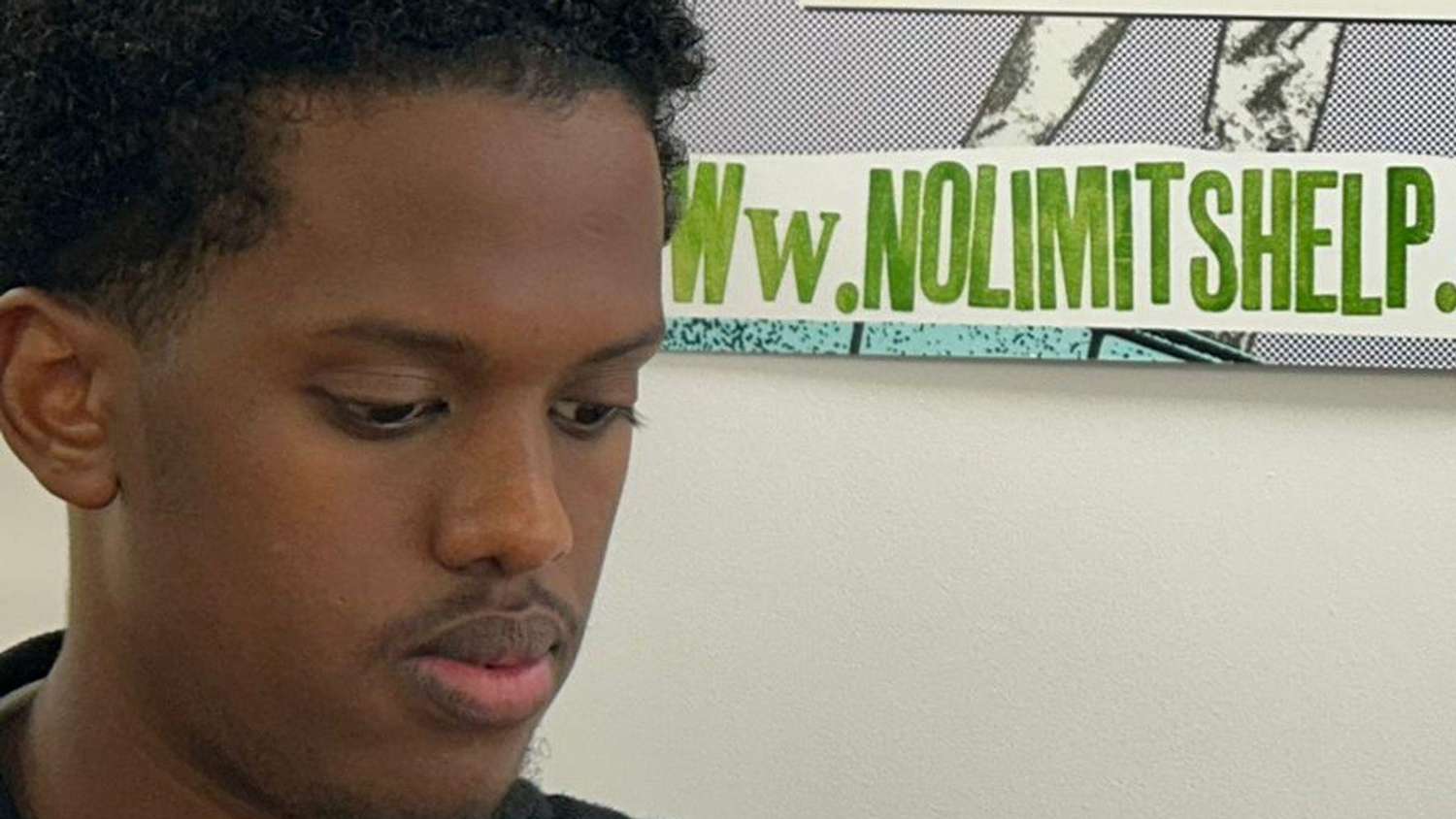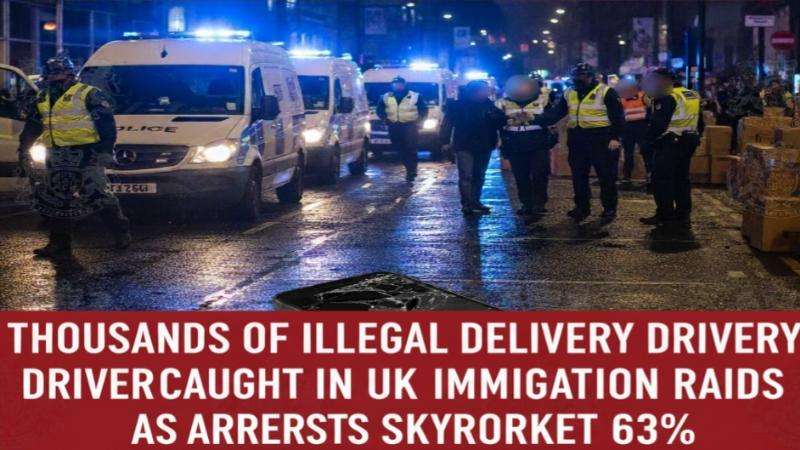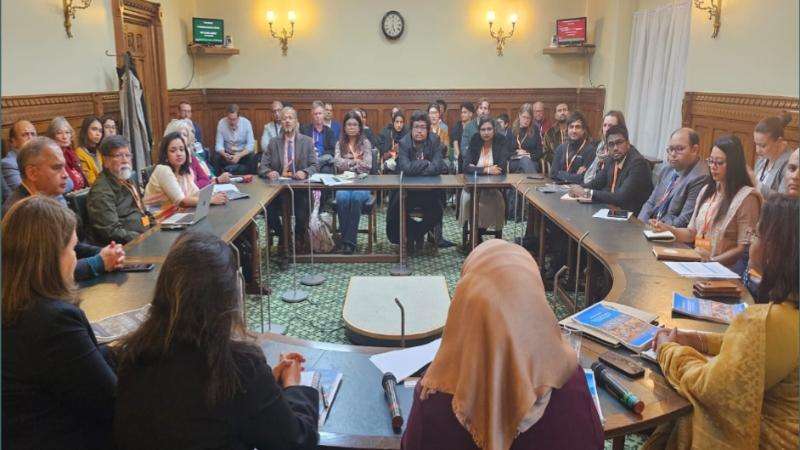The global landscape is undergoing a profound transformation as the Muslim population experiences a sustained and significant surge, leading to a noticeable increase in Muslim representation within political leadership worldwide. This demographic shift stands in stark contrast to declining numbers in Christian and Hindu communities across various nations, prompting a deeper examination of socio-economic trends, particularly concerning higher education and professional advancement within the growing Muslim population, Daily Dazzling Dawn understands.
According to recent analyses by the Pew Research Center, Islam continues to be the world's fastest-growing major religion. Between 2010 and 2020, the global Muslim population expanded by 21%, reaching 2 billion people, while the overall global population grew by 10%. This robust growth is largely attributed to higher birth rates and a younger median age among Muslim communities compared to other religious groups. Projections suggest this trajectory will continue, with the Muslim population potentially reaching 2.8 billion by 2050, accounting for 30% of the world's total.
This demographic expansion is increasingly translating into political influence. In Western nations, the rise of prominent Muslim figures in public office, such as Mayors and Members of Parliament, is becoming more common. This trend reflects a growing engagement and successful integration of Muslim communities into the political fabric of their respective countries.
While aspirations for higher education are strong within Muslim communities, particularly in countries like the UK, challenges persist in translating qualifications into high-paid, managerial, and professional roles. Data suggests that while Muslims are over-represented in UK higher education, they face hurdles in securing top-tier employment. Factors such as lower attainment at earlier educational stages and potential biases in recruitment have been cited. Nevertheless, ongoing efforts and increasing numbers pursuing higher education indicate a future potential for greater representation in lucrative sectors.
Conversely, other major religious demographics are experiencing declines in various parts of the world. The share of the global Christian population has fallen, particularly in Western Europe and North America. Countries like Australia, Chile, and Uruguay have witnessed substantial drops in their Christian population share. Similarly, Hindu populations have seen slight declines in nations such as Nepal and Pakistan, though India remains home to the vast majority of the world's Hindus. These shifts are influenced by factors ranging from secularization and lower birth rates to internal demographic movements.
Countries experiencing a notable rise in their Muslim populations include India, Nigeria, Pakistan, and Indonesia, which already house some of the largest Muslim communities globally. Increases have also been observed in regions like sub-Saharan Africa, where Christian populations are also growing significantly in absolute numbers, though their share of the population might be declining in other parts of the world.
Daily Dazzling Dawn Analysis:
The current global demographic trends underscore a significant re-shaping of religious landscapes and power dynamics. The rapid growth of the Muslim population, primarily driven by natural increase, is creating a younger and increasingly influential demographic. This momentum is evident in the burgeoning presence of Muslim leaders in public office, signifying a crucial shift towards greater political representation and integration within diverse societies.
However, the socio-economic picture within Muslim communities is nuanced. While there's a clear emphasis on higher education, the challenge of converting academic success into high-paid, professional employment remains. Addressing systemic barriers and ensuring equitable opportunities in the job market will be crucial for the full societal contribution of this growing demographic.
Simultaneously, the decline in the share of Christian populations in Western nations, often linked to secularization and lower fertility, and the subtle shifts in Hindu populations in certain regions, highlight the complex interplay of demographics, cultural evolution, and religious identity globally. These concurrent shifts necessitate a proactive approach from governments and civil society to foster interfaith understanding, promote social cohesion, and ensure inclusive policies that reflect the changing composition of their populations. Understanding these evolving dynamics is not merely an academic exercise but a critical imperative for navigating the complexities of the 21st century.

.jpg)






.svg)



